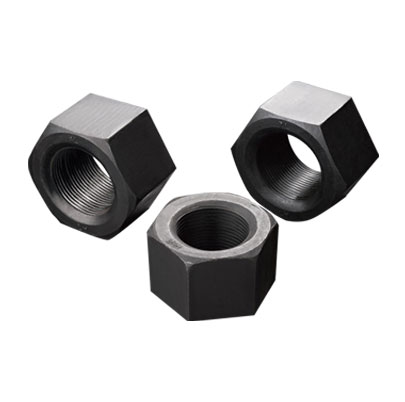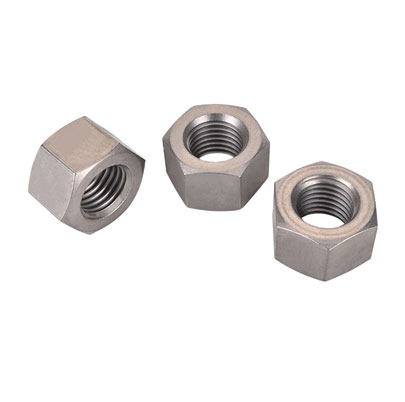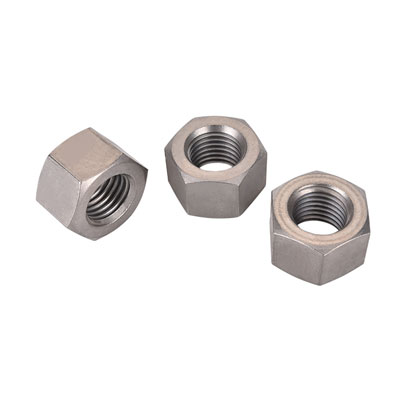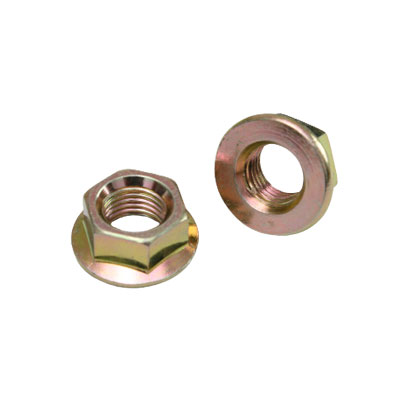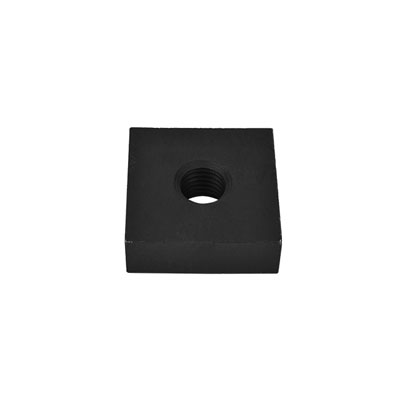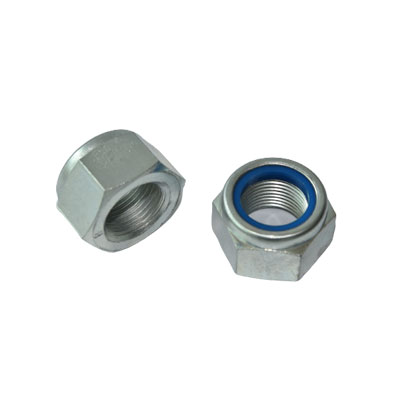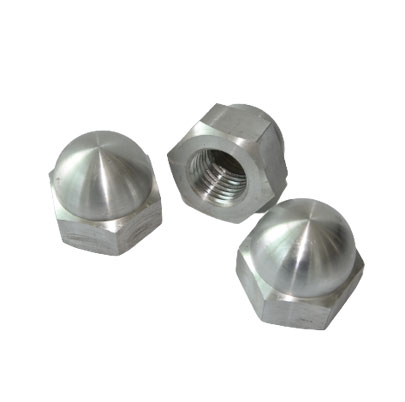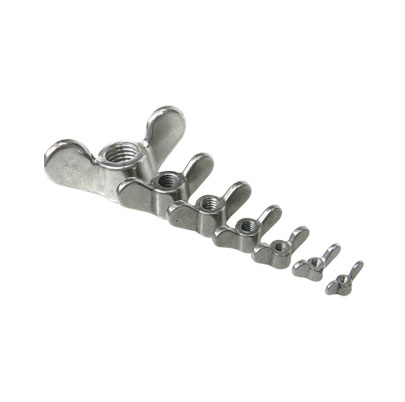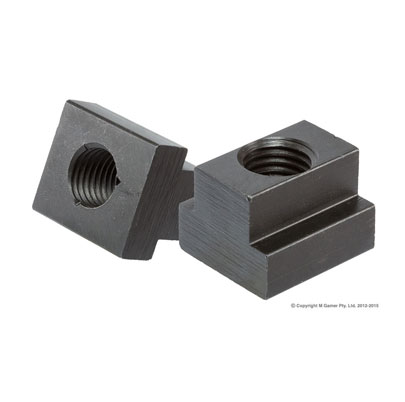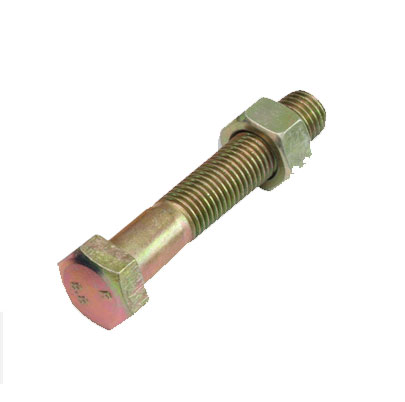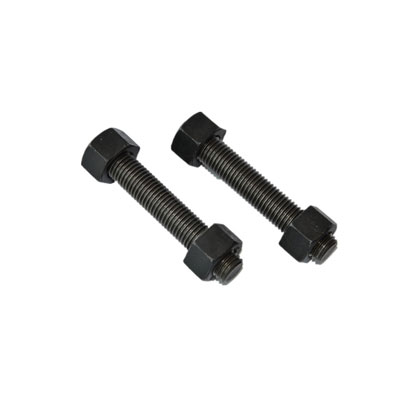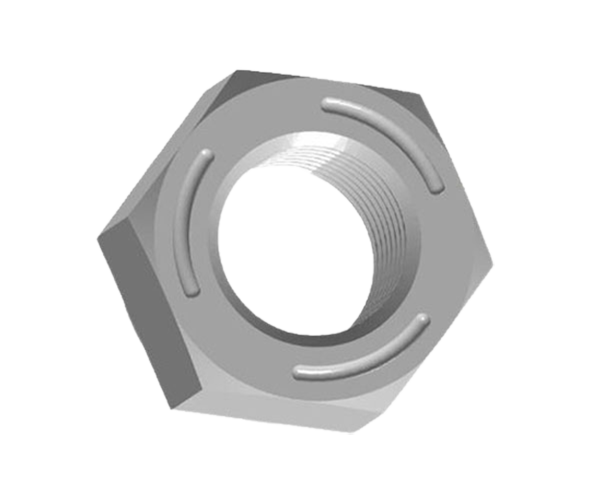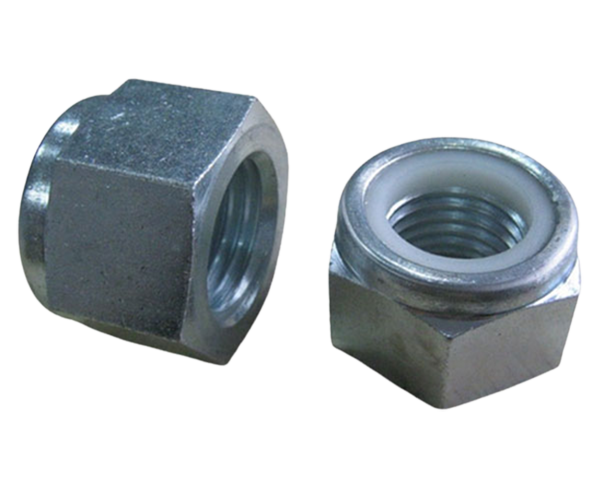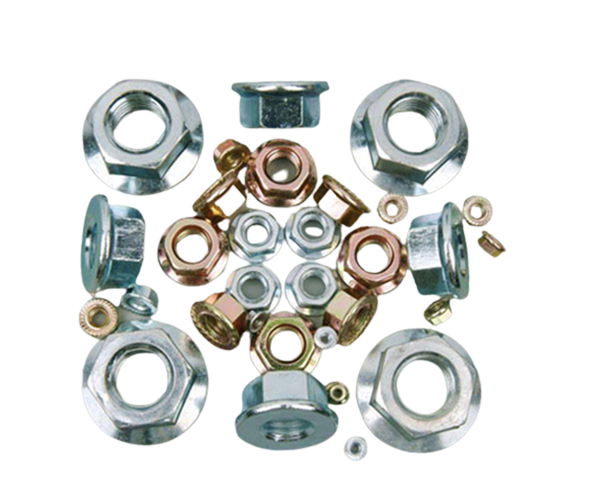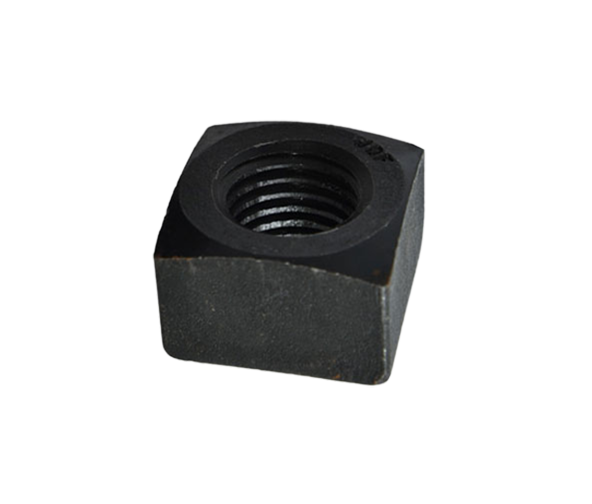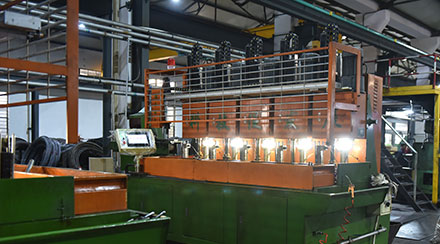en
-
Products
ISO 4032/4034/4036 HEX NUTS: Class 8, 10, 12 DIN 934/971/555 HEX NUTS: Class 8, 10, 12 AS 1112/2465 HEX NUTS BS1981/4190/1769/916 HEX NUTS EN 14399-3 HEX NUTS / EN 14399-4 HEX NUTS JIS B1181 HEX NUTS GB 6170/6171/6175/51 HEX NUTS UNI 5587/5588/5589/5590 HEX NUTS: Class 8, 10 Hex High Nuts Hex Coupling Nuts Hex Thin NutsAS 1252 STRUCTURE NUTS: Class 8, 10 ASME B18.2.6 DIN 6915 STRUCTURE NUTS JIS B 1186 STRUCTURE NUTS BS 4395-1 STRUCTURE NUTS ISO 7414/4775/7413/7417 STRUCTURE NUTS UNI 5713 STRUCTURE NUTS GB 1229 STRUCTURE NUTS: Class 8, 10ANSI / ASME B18.2.2 Flange Nuts EN 1661/14218 Flange Nuts ISO 4161 Flange Nuts DIN 6331/6923/977 Flange Nuts JIS B 1190 Flange NutsDIN EN 1663 Lock Nuts BS 4929-2 Locking Nuts ISO 7041 GR. 9, 12 / ISO 7719 GR.5, 8, 10 Locking Nuts GB/T 889.2 Lockable Nut
- Markets Served
- Material
- FAQs
- Resources
- About Datian
- Contact Us
 English
English
